

Tableware
Where Is Pfaltzgraff Dinnerware Made?
Modified: September 2, 2024
Discover the origins of Pfaltzgraff tableware. Learn where this renowned dinnerware brand is made and explore the craftsmanship behind their collections.
(Many of the links in this article redirect to a specific reviewed product. Your purchase of these products through affiliate links helps to generate commission for Storables.com, at no extra cost. Learn more)
Introduction
Tableware plays a vital role in every home, adding style, functionality, and personality to our dining experiences. When it comes to quality and timeless elegance, Pfaltzgraff is a name that stands out in the tableware industry. With its rich heritage and commitment to exceptional craftsmanship, Pfaltzgraff has been creating beautiful dinnerware for over 200 years.
In this article, we will explore the history of Pfaltzgraff dinnerware, delve into the manufacturing process, and uncover the location of their original factory and the current production facilities. Additionally, we will delve into the factors influencing the company’s production location decisions.
Let’s embark on a journey to discover where Pfaltzgraff dinnerware is made and gain a deeper understanding of the craftsmanship behind each piece.
Key Takeaways:
- Pfaltzgraff’s rich history and commitment to quality craftsmanship have shaped its modern production facilities, ensuring timeless designs and durable tableware that enhance dining experiences worldwide.
- Factors such as raw material access, skilled workforce, cost efficiency, and sustainability influence Pfaltzgraff’s strategic production location decisions, aligning with the brand’s values and goals for exceptional tableware.
Read more: Where Is Mikasa Dinnerware Made?
The History of Pfaltzgraff Dinnerware
Pfaltzgraff’s story begins in the early 19th century when its founder, Johann George Pfaltzgraff, emigrated from Germany to the United States in 1833. With his passion for pottery and a strong work ethic, Johann established a pottery business in York County, Pennsylvania.
The Pfaltzgraff family’s pottery business initially focused on producing simple salt-glazed stoneware, which quickly gained popularity due to its durability and practicality. As demand grew, the company expanded its product line to include diverse patterns and designs, gaining recognition for its craftsmanship.
By the late 19th century, Pfaltzgraff dinnerware had become a staple in American households. The company’s commitment to quality and innovation led to the introduction of the folk-style “Yorktowne” pattern in the 1960s, which became an iconic representation of Pfaltzgraff’s heritage. The success of this pattern further solidified Pfaltzgraff’s reputation as a leading provider of exquisite dinnerware.
Over the years, Pfaltzgraff continued to evolve and adapt to changing consumer preferences. They expanded their product range to include not only dinnerware but also glassware, flatware, and other table accessories. With each passing generation, the Pfaltzgraff family nurtured the brand’s legacy and maintained its dedication to creating beautifully crafted, functional pieces for everyday use.
Today, Pfaltzgraff dinnerware is renowned for its timeless designs and exceptional quality. The company has embraced modern technology while preserving the traditional craftsmanship that has defined their brand for centuries. With an extensive collection of patterns and styles, Pfaltzgraff offers something to suit every taste and occasion.
The rich history of Pfaltzgraff is a testament to the brand’s enduring legacy and its ability to blend tradition with innovation. Through their commitment to excellence, Pfaltzgraff continues to be a trusted name in the tableware industry, cherished by families and collectors alike.
Manufacturing Process of Pfaltzgraff Dinnerware
The manufacturing process of Pfaltzgraff dinnerware combines years of experience, skilled craftsmanship, and modern technology. Each piece goes through several stages to ensure the highest level of quality and attention to detail.
1. Designing: The process begins with the design phase, where talented artists and designers conceptualize new patterns and styles. They draw inspiration from various sources, such as nature, heritage, and contemporary trends. Once the design is finalized, it is translated into digital format using computer-aided design (CAD) software.
2. Mold Making: After the design is completed, molds are created for each piece. Skilled artisans use the CAD files to produce prototypes or master molds. These master molds are then used to create production molds, which will be used to make multiple copies of the dinnerware pieces.
3. Clay Preparation: The next step involves preparing the clay mixture. Pfaltzgraff uses high-quality clay blends, carefully selected for their durability and ability to retain heat. The clay is mixed with water and other additives to achieve the desired consistency. The prepared clay is then shaped into large blocks and left to dry partially.
4. Throwing or Pressing: Depending on the design and style, the clay is either hand-thrown on a potter’s wheel or pressed into molds. Skilled artisans hand-throw pieces like plates, bowls, and mugs, ensuring each piece has its unique character and shape. Alternatively, automated machines are used for high-volume production, where the clay is pressed into molds to create consistent shapes.
5. Drying and Finishing: After the pieces are shaped, they go through a drying process to remove excess moisture. This step is crucial to prevent cracking and warping during the firing process. Once dry, artisans carefully trim, smooth, and refine the edges of each piece, ensuring a flawless finish.
6. Firing: The dried dinnerware pieces are then loaded into kilns for firing. This intense heat transforms the clay into a solid, durable material known as ceramic. Pfaltzgraff utilizes state-of-the-art kilns with precise temperature control to achieve consistent results. The firing process also involves the application of glazes, which add color, texture, and a protective layer to the pieces.
7. Quality Control: Once the firing process is complete, the dinnerware undergoes rigorous quality control checks. Skilled artisans inspect each piece for any imperfections, such as cracks, chips, or uneven glazing. Any flawed pieces are discarded to ensure only the highest quality products reach the market.
8. Packaging and Distribution: After passing quality control, the beautifully crafted Pfaltzgraff dinnerware is carefully packaged to protect it during transportation. From there, it is distributed to retailers and customers worldwide, ready to grace dining tables with its elegance and charm.
By following this meticulous manufacturing process, Pfaltzgraff ensures that each piece of their dinnerware meets the brand’s high standards for quality and craftsmanship. Whether it’s a classic pattern or a modern design, Pfaltzgraff dinnerware reflects a perfect blend of tradition and innovation, making it a beloved choice for households around the globe.
The Original Pfaltzgraff Factory Location
The original Pfaltzgraff factory, where the brand’s rich history began, was located in York County, Pennsylvania, USA. Johann George Pfaltzgraff established the pottery business in this region when he immigrated from Germany in 1833.
Located in the heart of the Pennsylvania Dutch Country, the original factory was strategically positioned amidst rich clay deposits, making it an ideal location for pottery production. The abundant supply of quality clay allowed Pfaltzgraff to create their signature stoneware and expand their product offerings over time.
Throughout the years, the Pfaltzgraff factory in York County became synonymous with excellence, known for its commitment to craftsmanship and quality. With skilled artisans and innovative designs, Pfaltzgraff dinnerware gained popularity and became a staple in American households.
As the factory grew and the demand for Pfaltzgraff products increased, the original facility underwent expansions and additions. The factory became a bustling hub of creativity and production, with each piece meticulously crafted by hand or using traditional manufacturing techniques.
For generations, the original Pfaltzgraff factory served as the epicenter of the brand’s operations, embodying the essence of their craftsmanship and innovation. The dedication to quality that emerged from this location established the foundation for Pfaltzgraff’s legacy in the industry.
However, as time progressed and market demands evolved, changes occurred within the company. Eventually, the original factory in York County was no longer operational. Despite this, the spirit of Pfaltzgraff’s craftsmanship and commitment to creating exceptional dinnerware continues to resonate in the brand’s current production facilities.
Today, although the original factory may no longer be in operation, Pfaltzgraff remains a cherished name in the tableware industry. The legacy of the original factory lives on through the quality and craftsmanship that defines each piece of Pfaltzgraff dinnerware, regardless of where it is produced.
While the original factory in York County holds a special place in Pfaltzgraff’s history, the brand’s commitment to creating beautiful, durable, and timeless dinnerware continues to thrive in their modern production facilities.
Pfaltzgraff dinnerware is made in the USA. The company has been producing high-quality stoneware and porcelain dinnerware in Pennsylvania since 1811.
Current Production Facilities
Pfaltzgraff’s commitment to excellence and the production of high-quality dinnerware continues to be upheld in its modern production facilities. While the original factory in York County, Pennsylvania is no longer operational, the brand has adapted to the changing landscape of the industry.
Today, Pfaltzgraff utilizes a network of production facilities spread across different locations, combining traditional craftsmanship with advanced manufacturing techniques to create their renowned dinnerware collections.
One of the key production facilities is located in Thomasville, North Carolina. This facility boasts state-of-the-art machinery and technology, allowing for efficient and precise manufacturing processes. Skilled artisans work alongside automated systems to produce Pfaltzgraff’s extensive range of dinnerware patterns and styles.
In addition to the Thomasville facility, Pfaltzgraff has expanded its production capabilities to other regions as well. They have established partnerships with trusted manufacturers in various locations, both within the United States and overseas.
By utilizing a network of production facilities, Pfaltzgraff is able to leverage the strengths and expertise of each location. This approach allows them to meet the demand for their dinnerware while maintaining the brand’s commitment to quality and craftsmanship.
Furthermore, these production facilities have implemented sustainable practices and technologies to reduce their environmental impact. Pfaltzgraff embraces eco-friendly manufacturing processes and prioritizes the use of recyclable materials wherever possible.
Although the exact details of the current production facilities’ locations may not be publicly disclosed due to proprietary reasons, Pfaltzgraff’s dedication to upholding its heritage and commitment to craftsmanship remains evident in every piece of dinnerware produced.
The brand’s modern production facilities combine the best of traditional craftsmanship and innovative manufacturing techniques to ensure that each Pfaltzgraff dinnerware item meets the highest standards of quality, durability, and aesthetic appeal.
By embracing a global production approach while adhering to their core values, Pfaltzgraff continues to provide customers with a wide range of beautifully crafted tableware that adds style and elegance to any dining experience.
Read more: Where Is Rachael Ray Dinnerware Made?
Factors Influencing Production Location Decisions
The decision of where to locate production facilities is influenced by a variety of factors that play a crucial role in the success of a tableware brand like Pfaltzgraff. These factors encompass both logistical considerations and strategic planning to ensure efficient operations and meet customer demands.
1. Access to Raw Materials: One of the primary considerations in choosing a production location is access to high-quality raw materials. Pfaltzgraff relies on specific clay blends that contribute to the durability and aesthetic appeal of their dinnerware. Therefore, selecting a location with ample supplies of suitable clay is vital to maintain the desired product standards.
2. Skilled Artisans and Workforce: The availability of skilled artisans and a trained workforce is essential for maintaining the craftsmanship and attention to detail that Pfaltzgraff is renowned for. Production facilities must be located in regions where there is a pool of talented individuals with expertise in ceramics and pottery.
3. Cost and Efficiency: Cost considerations play a significant role in production location decisions. Factors such as labor costs, overhead expenses, and logistics expenses are evaluated to ensure efficient production without compromising on quality. Pfaltzgraff assesses the cost-effectiveness of each potential location to achieve a balance between quality and affordability.
4. Proximity to Markets: Locating production facilities near target markets reduces transportation costs and delivery times, ensuring timely availability of Pfaltzgraff dinnerware to customers. This approach also facilitates effective supply chain management, allowing for more responsive order fulfillment and customer satisfaction.
5. Infrastructure and Technology: The presence of modern infrastructure and advanced manufacturing technologies is vital for streamlined production processes. Production facilities need access to reliable utilities, transportation networks, and state-of-the-art equipment to maximize efficiency and maintain consistent quality standards.
6. Environmental Considerations: Today, sustainability and responsible manufacturing practices are increasingly important factors in production location decisions. Pfaltzgraff values environmentally conscious practices and may choose production locations that prioritize eco-friendly initiatives, such as renewable energy usage, waste management, and water conservation measures.
7. Political Stability and Regulations: Political stability, favorable business regulations, and adherence to labor laws are important considerations in selecting production locations. Pfaltzgraff seeks locations that offer a stable business environment, legal protections, and favorable economic conditions to minimize risks and ensure long-term business viability.
By carefully evaluating these factors, Pfaltzgraff can make informed decisions about where to locate their production facilities. Each factor is assessed to maintain the brand’s commitment to quality, sustainability, and customer satisfaction, while optimizing production efficiency and cost-effectiveness.
Ultimately, the selection of production locations is a strategic process designed to align the brand’s vision and values with the practical requirements of the tableware industry. Pfaltzgraff’s production locations are chosen with the aim of combining traditional craftsmanship with modern manufacturing techniques to continue delivering exceptional dinnerware to customers around the world.
Conclusion
Pfaltzgraff dinnerware has a rich history that spans over two centuries, rooted in the commitment to craftsmanship and exceptional quality. While the original Pfaltzgraff factory in York County, Pennsylvania is no longer in operation, the brand has evolved and adapted to the changing landscape of the tableware industry.
Through a network of modern production facilities, such as the Thomasville facility in North Carolina and partnerships with trusted manufacturers, Pfaltzgraff continues to create beautifully crafted dinnerware that meets the highest standards of quality and design. These facilities blend traditional craftsmanship with advanced manufacturing technologies, ensuring the brand’s legacy is carried forward.
Factors such as access to raw materials, a skilled workforce, cost efficiency, proximity to markets, infrastructure, environmental considerations, and political stability influence the selection of production locations. Pfaltzgraff carefully assesses these factors to make informed decisions that align with the brand’s values and goals.
While the original factory holds a special place in Pfaltzgraff’s history, the brand’s commitment to craftsmanship, innovation, and sustainability shines through in each piece of dinnerware produced across its network of modern facilities.
Pfaltzgraff’s dedication to creating timeless designs and durable tableware remains unwavering. Through the combination of traditional techniques and modern advancements, the brand continues to deliver exceptional products that enhance the dining experiences of households around the globe.
Whether it’s a classic pattern or a contemporary design, Pfaltzgraff dinnerware has established itself as a trusted and beloved name in the tableware industry. With its rich heritage, commitment to quality, and attention to detail, Pfaltzgraff continues to create lasting impressions on dining tables for generations to come.
So, the next time you set your table with beautiful Pfaltzgraff dinnerware, remember the legacy behind each piece and the craftsmanship that goes into making it an integral part of your dining experience.
Frequently Asked Questions about Where Is Pfaltzgraff Dinnerware Made?
Was this page helpful?
At Storables.com, we guarantee accurate and reliable information. Our content, validated by Expert Board Contributors, is crafted following stringent Editorial Policies. We're committed to providing you with well-researched, expert-backed insights for all your informational needs.
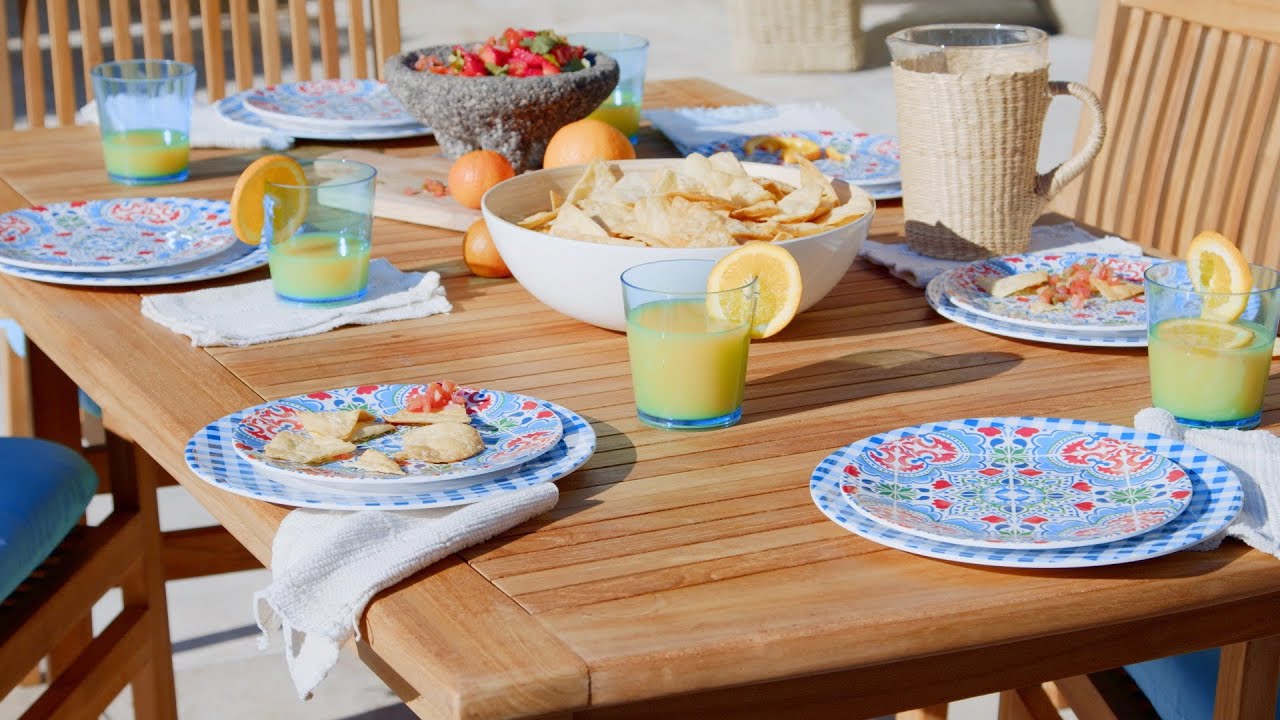
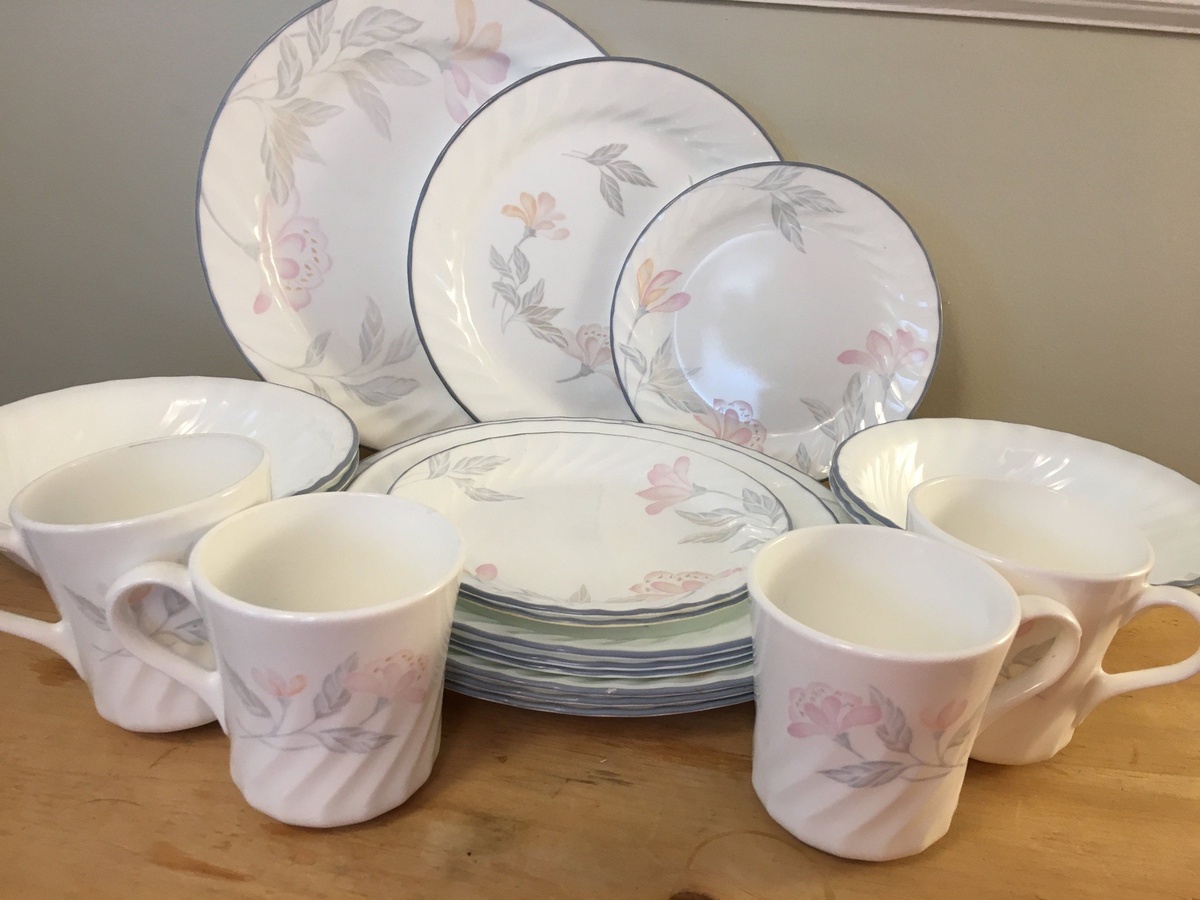
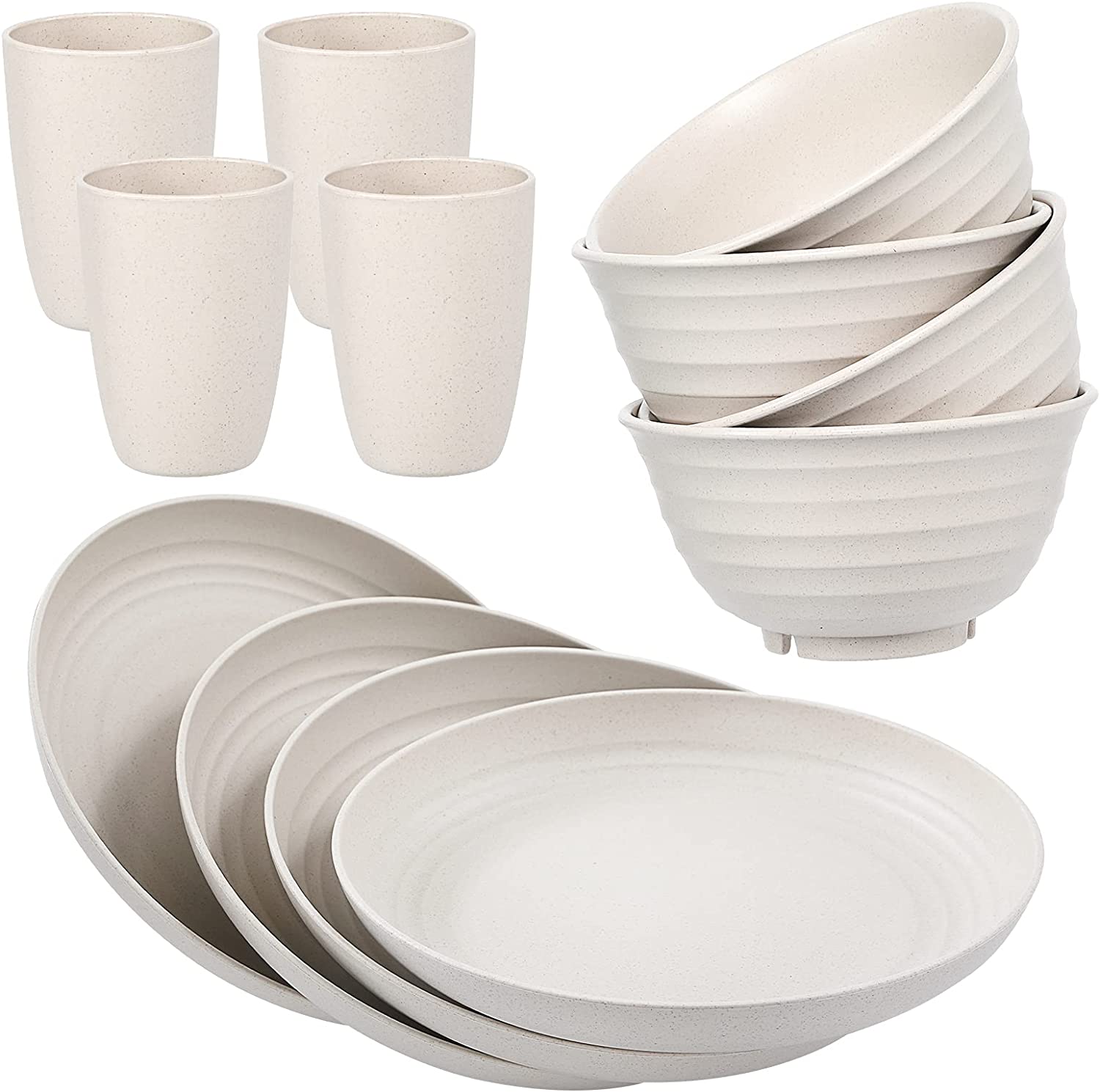
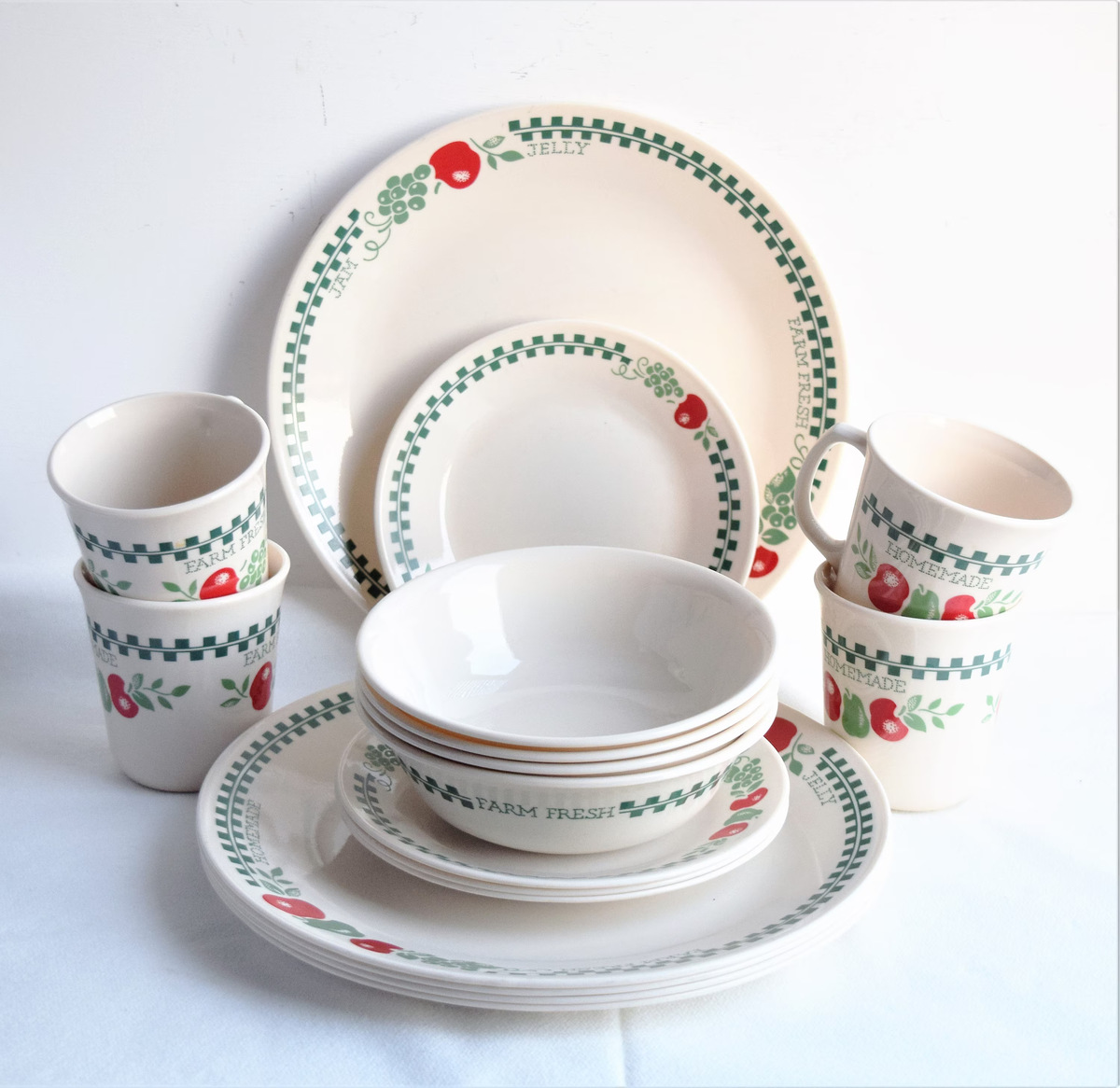


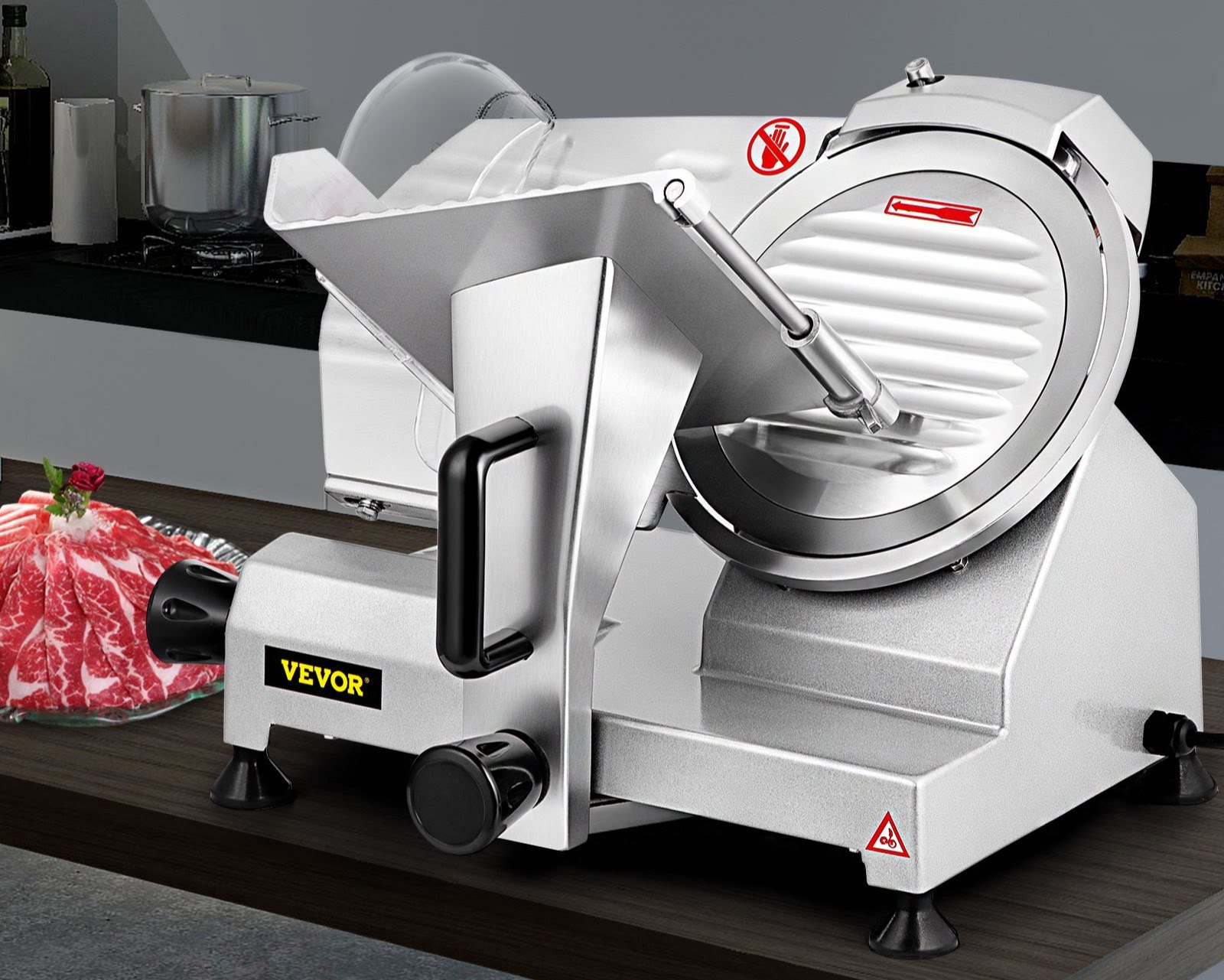

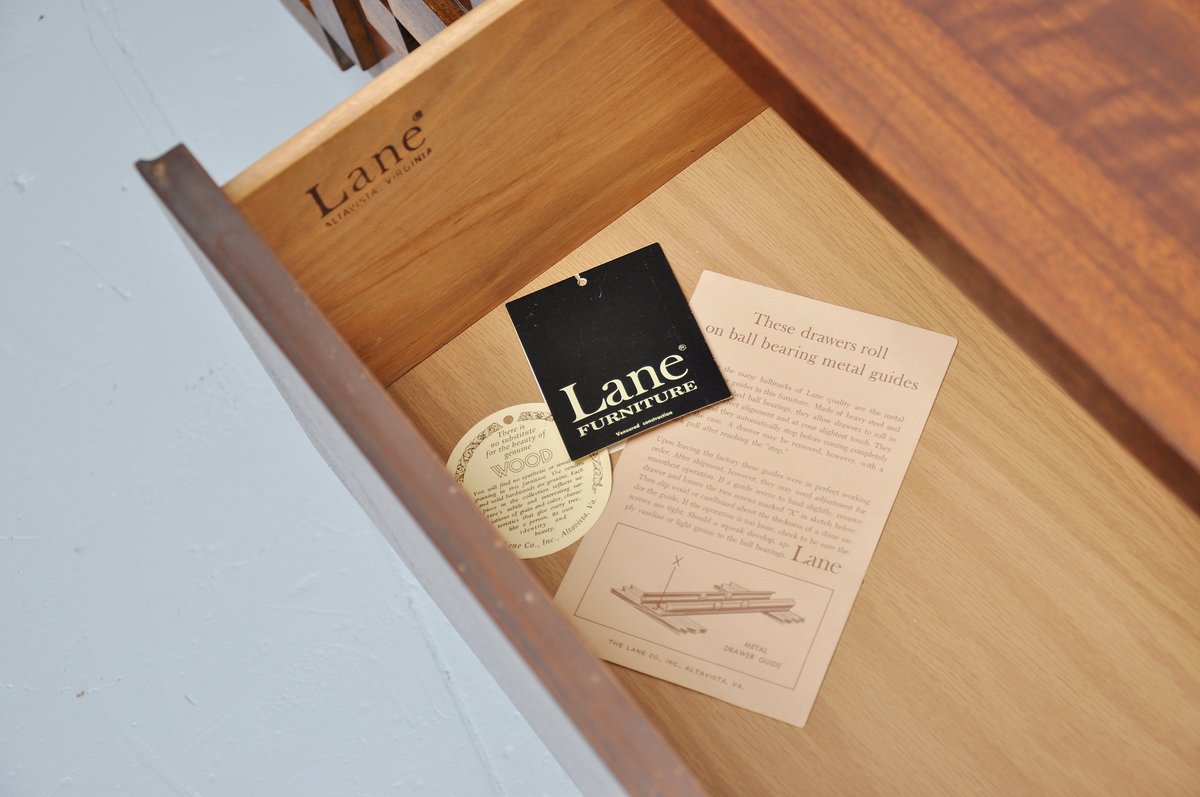
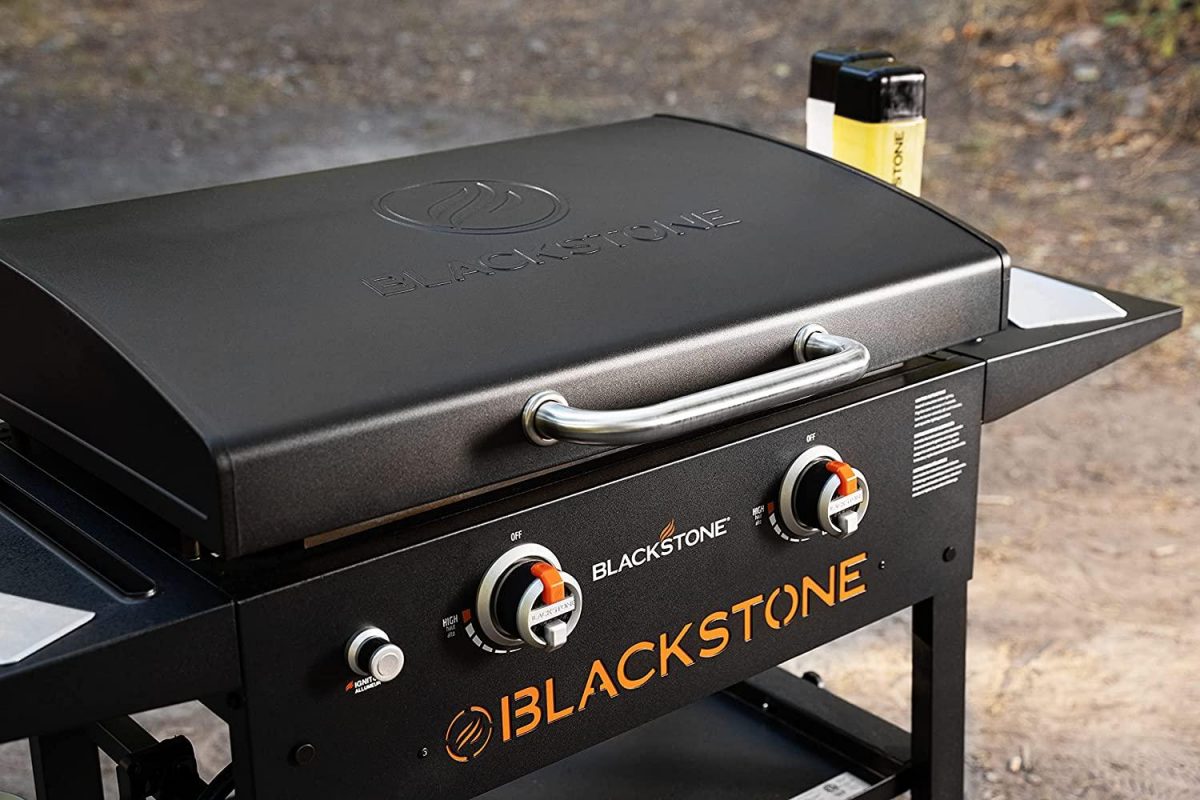
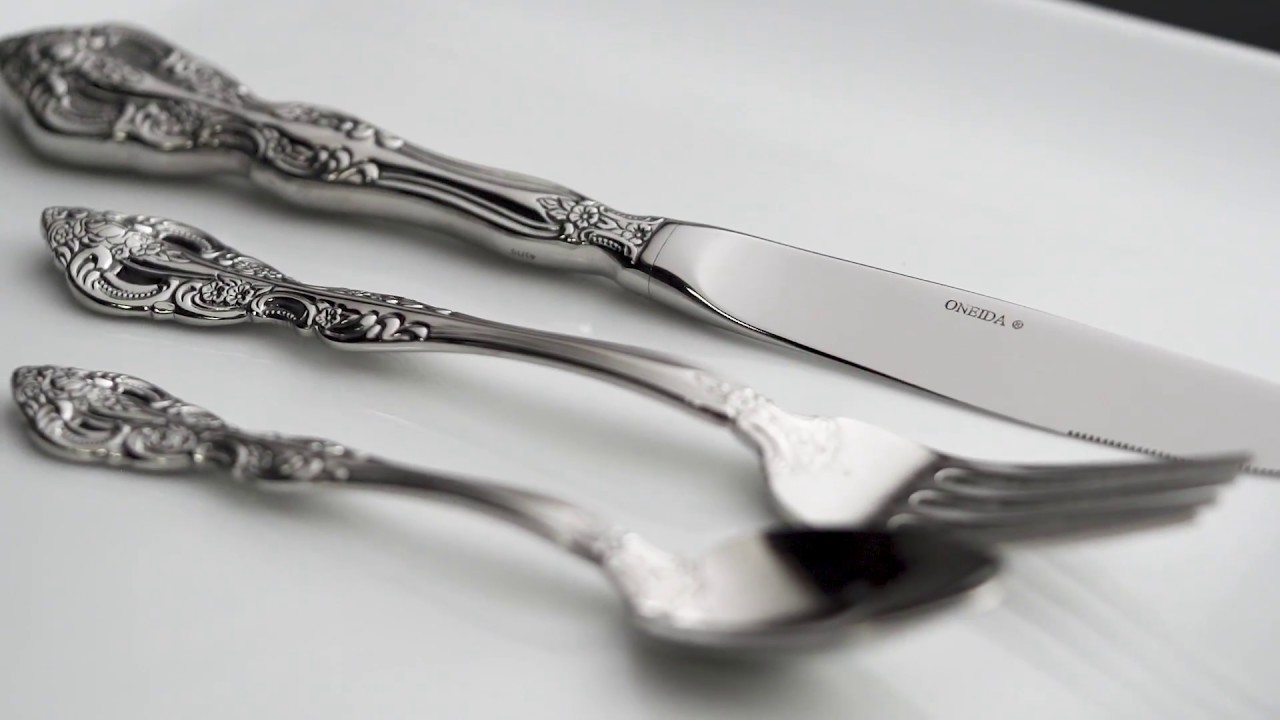
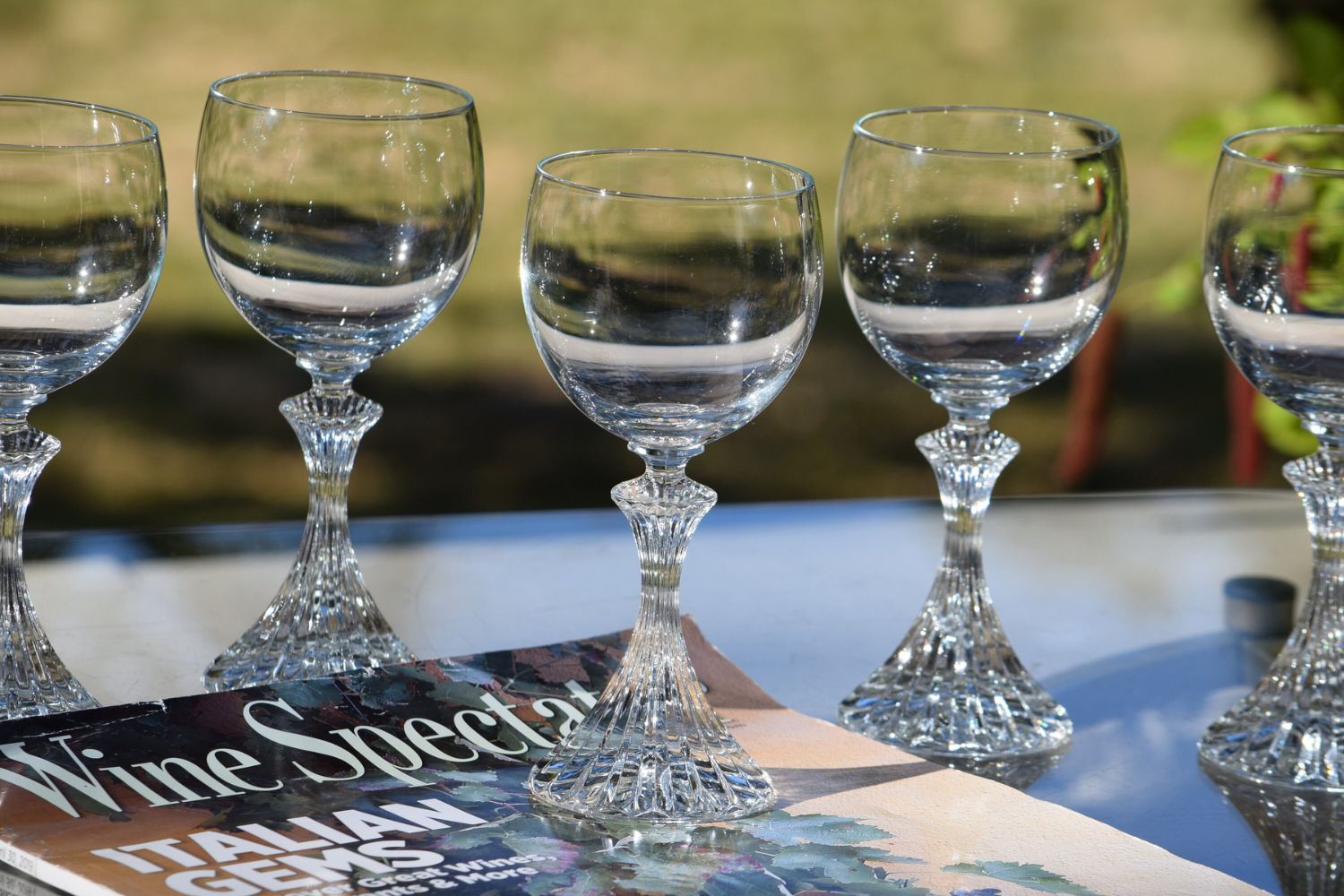
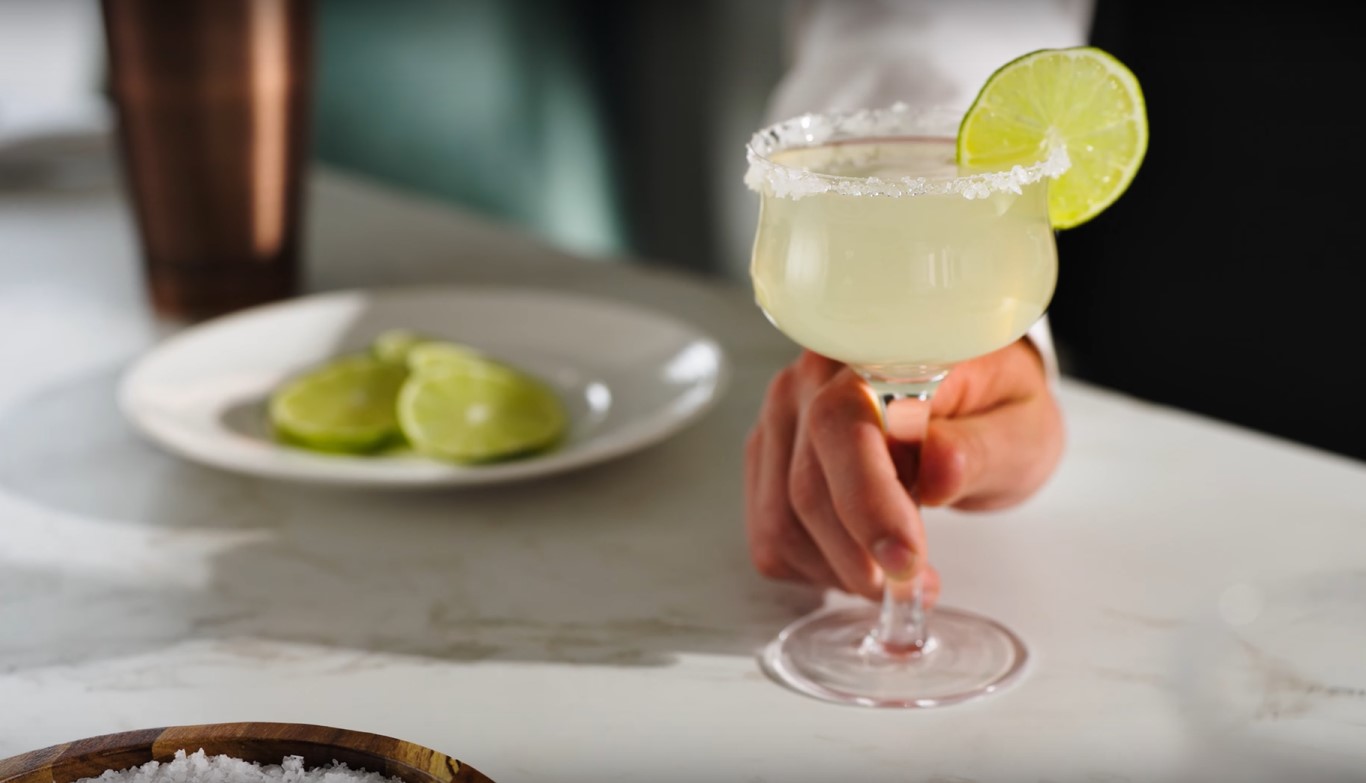
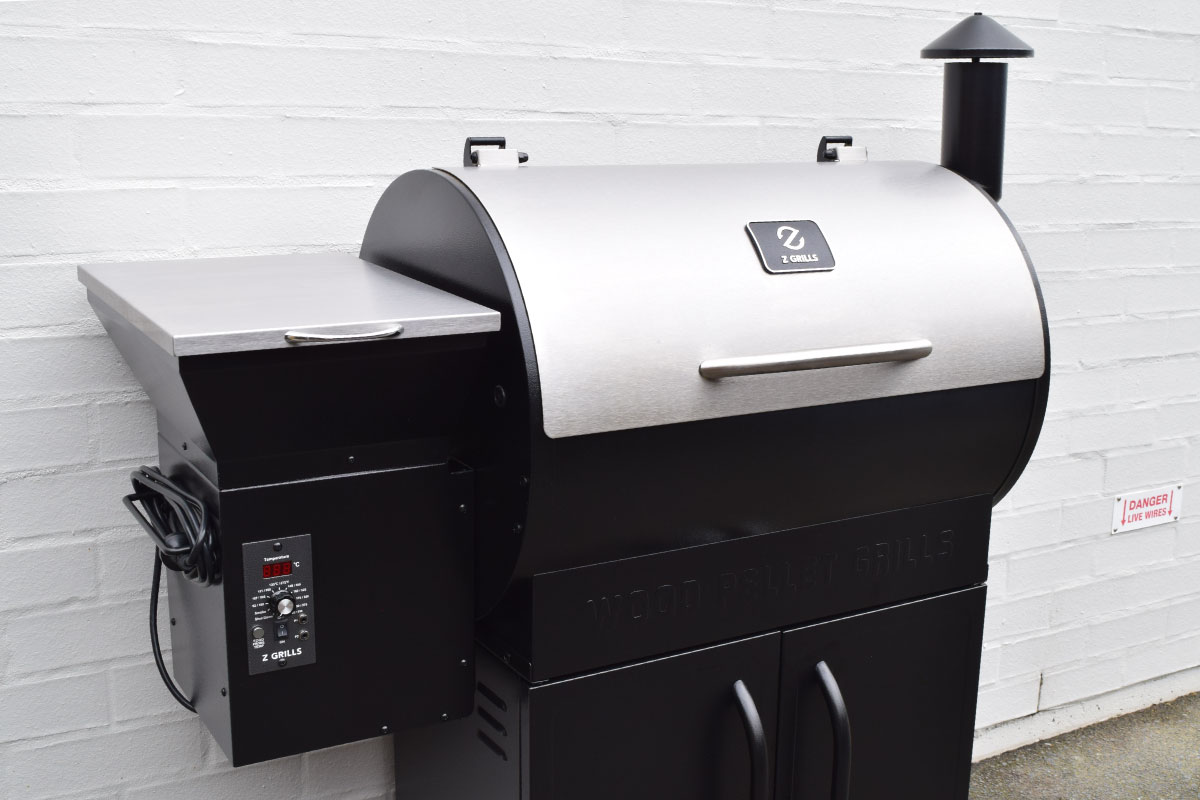

0 thoughts on “Where Is Pfaltzgraff Dinnerware Made?”